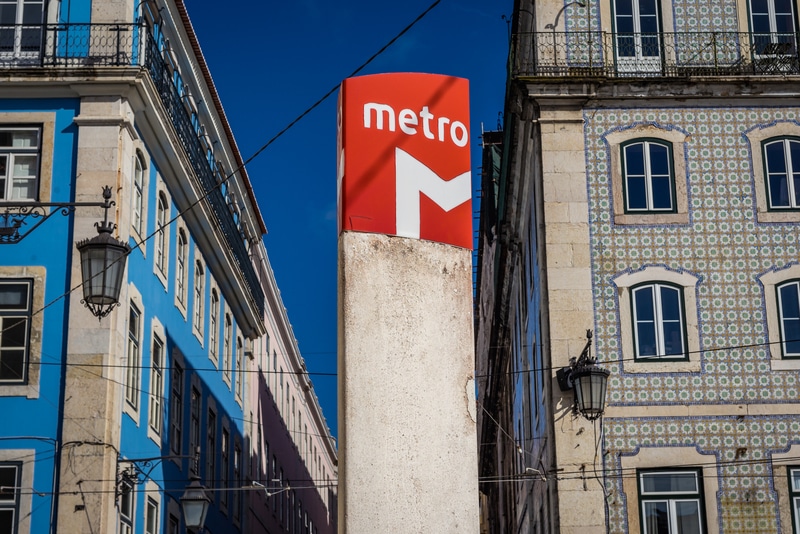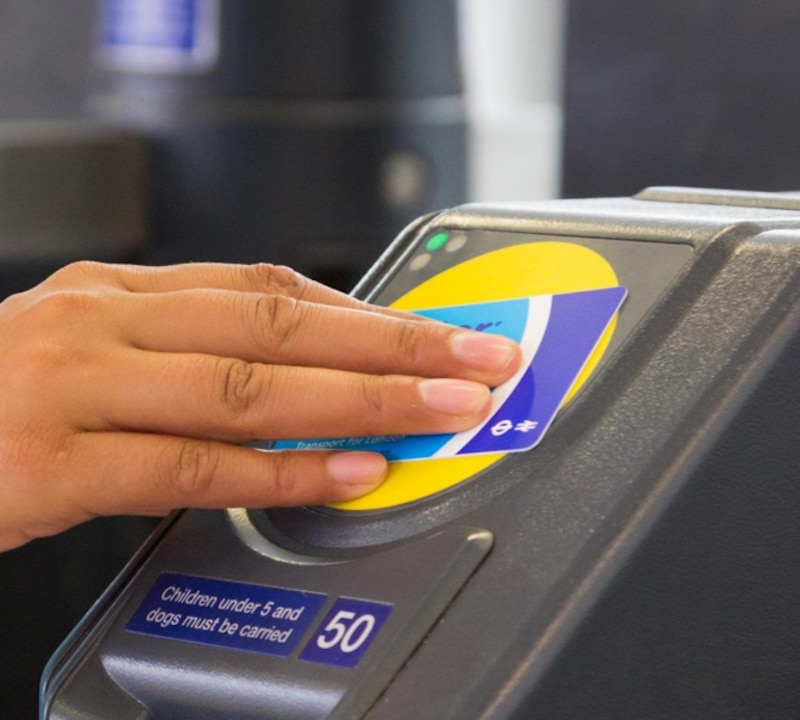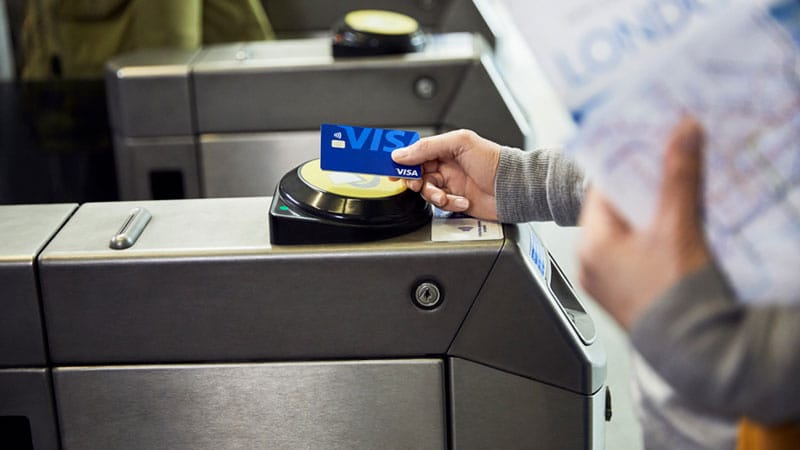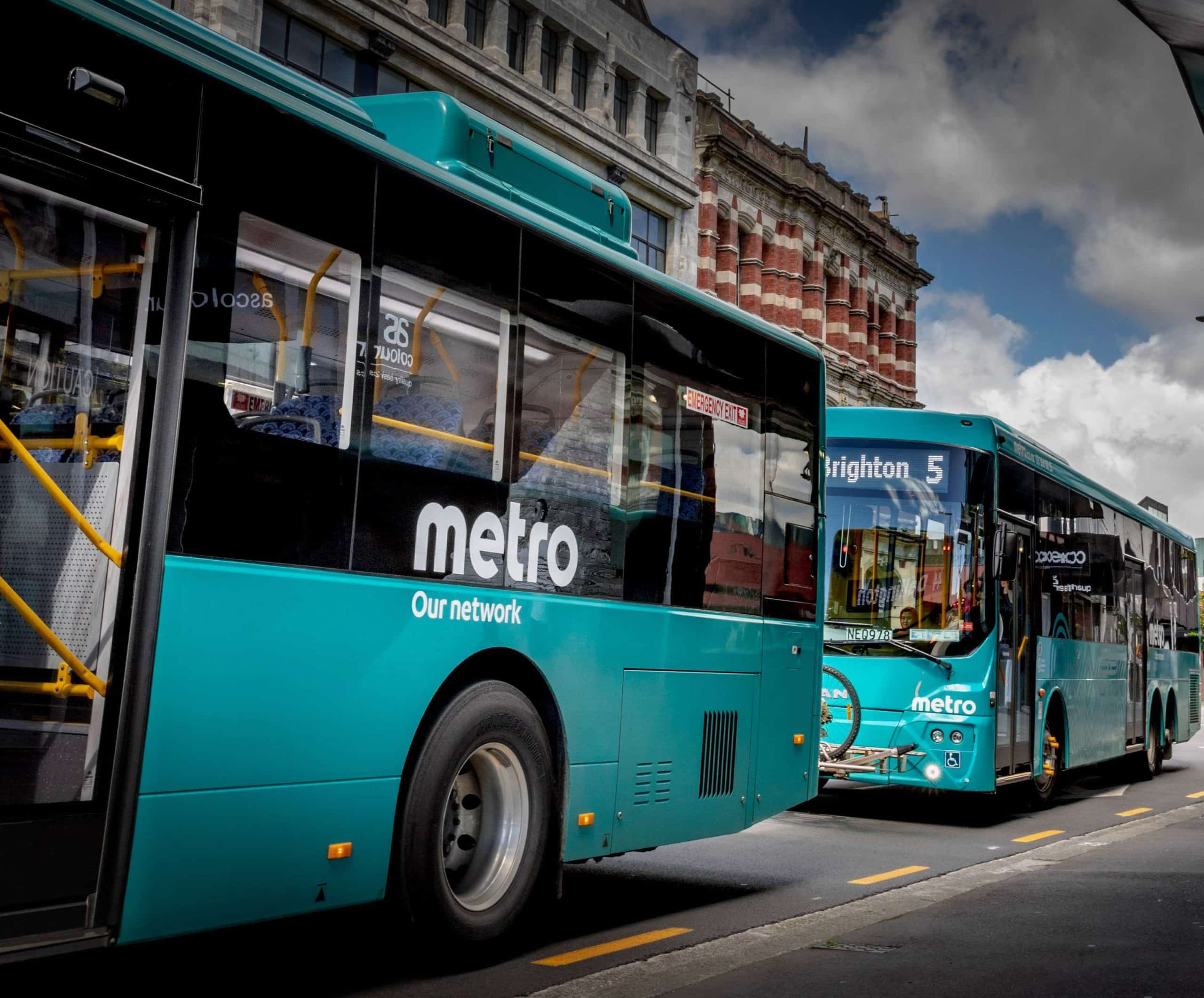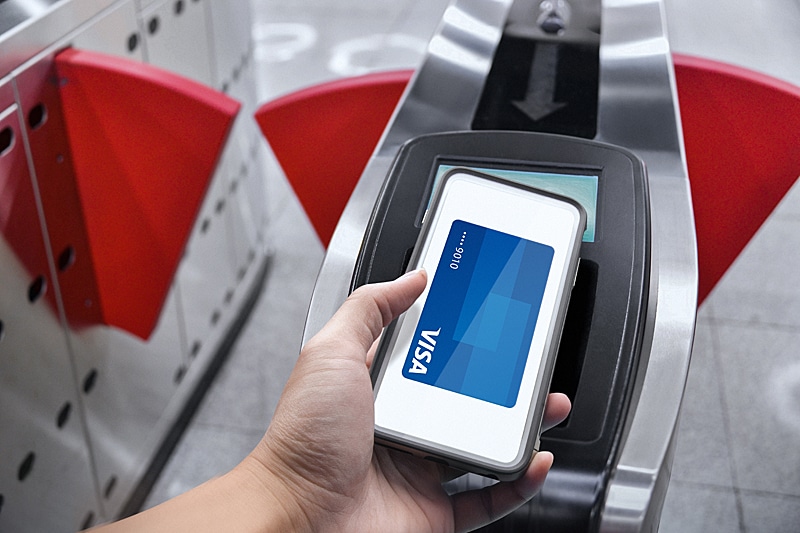
Article Highlights
In a region that has lagged behind in open-loop payments rollouts, Visa Tuesday sought to showcase the two largest launches to date in Asia Pacific–in Sydney and Singapore, where representatives of transit agencies said they are seeing strong adoption of the technology by customers.
Asia Pacific hasn’t seen any large-scale launches of the open-loop technology in the past three to four years. The region trails well behind Europe, in particular.
In a region that has lagged behind in open-loop payments rollouts, Visa Tuesday sought to showcase the two largest launches to date in Asia Pacific, in Sydney and Singapore, where representatives of transit agencies said they are seeing strong adoption of the technology by customers.







